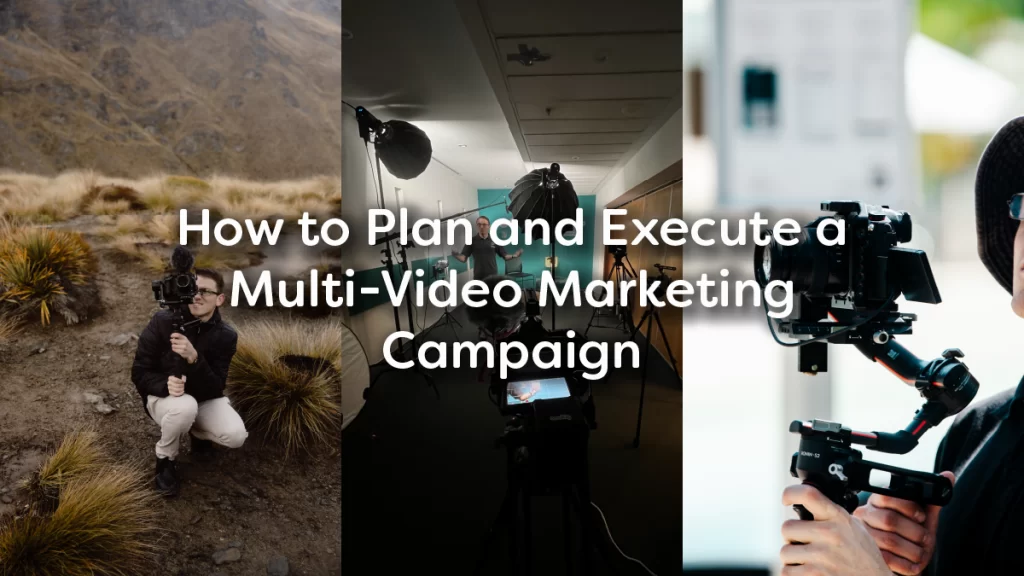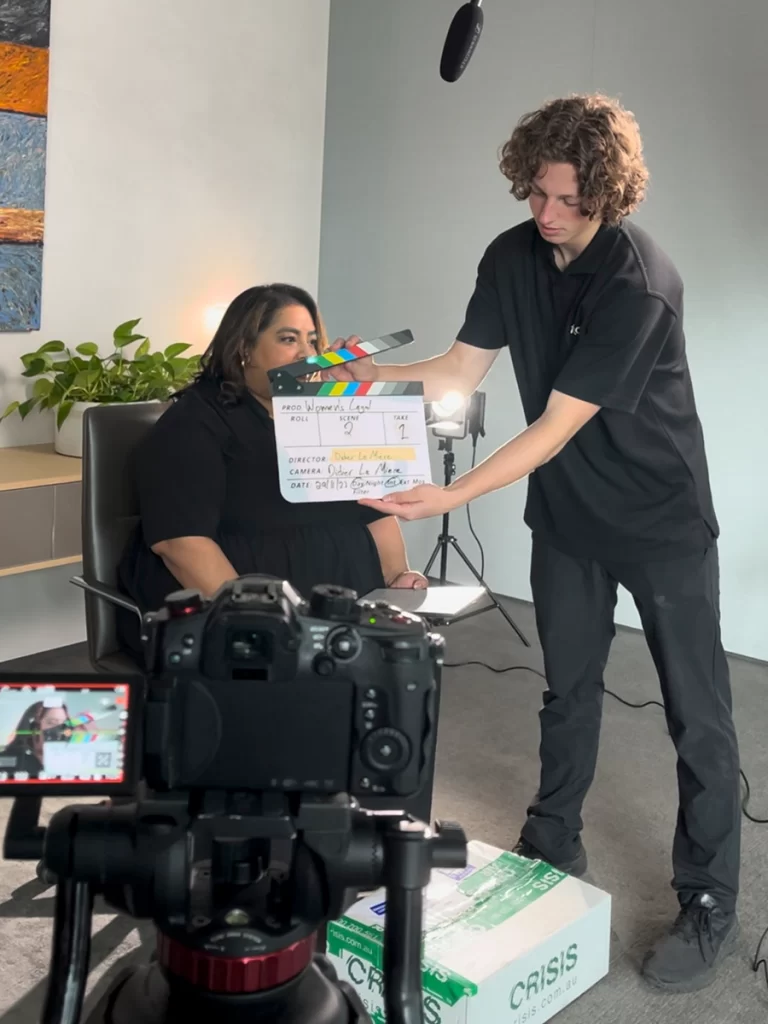How To Plan And Execute A Multi-Video Marketing Campaign

Crafting a multi-video marketing campaign that delivers results requires a strategic, thoughtful approach.
As marketing teams aim to increase brand visibility, engage their target audiences, and drive conversions, understanding how to design and execute these campaigns effectively is crucial.
With multiple touch points across various platforms, a well-executed campaign can deliver immense value when aligned with your business’s overall marketing goals.
This guide will walk you through key steps to ensure that your next multi-video marketing campaign hits the mark and maximises ROI.
1. Define Your Campaign Objectives And KPIs
Before diving into production, a clear definition of the campaign’s objectives is essential.
Are you launching a new product? Aiming to increase brand awareness? Or perhaps driving leads for a specific service?
Each objective will influence the type of videos you produce and the platforms you focus on.
Key Performance Indicators (KPIs) should align with these goals.
For instance, if brand awareness is the focus, metrics like video views, social media engagement, and impressions are critical.
If you’re looking to generate leads, consider tracking conversion rates, click-through rates (CTR), and form submissions.
2. Audience Segmentation And Targeting
For a multi-video campaign to succeed, it must reach the right audience at the right time.
Segment your audience based on demographics, industry, purchasing behaviours, and even their position in the buyer’s journey. You should also look at their psychographics – their beliefs, values, how they feel and their goals.
For instance, a CMO might be interested in high-level strategy videos, while a marketing manager could be seeking actionable tips.
Likewise, a soccer fan may be interested in a review of the latest soccer boots, whilst another might be interested in a behind the scenes video of their favourite club.
By tailoring content to each segment, you’ll create more relevant experiences that resonate with each viewer. Personalised video content increases engagement and encourages further interaction with your brand.

3. Choose The Right Video Types
A multi-video campaign isn’t just about churning out as many videos as possible. Instead, focus on creating different types of videos to engage your audience at various stages of their journey.
Here are some essential video types to include:
- Explainer Videos: Introduce new products or services in a concise, engaging way.
- Testimonial Videos: Build trust by showcasing customer success stories.
- How-To Videos: Educate your audience, offering value upfront and encouraging repeat engagement.
- Brand Films: Elevate your brand through emotional storytelling that connects with viewers on a deeper level.
- Live Streams: Engage in real-time and foster immediate interaction with your audience.
A combination of these video types will ensure you’re hitting different aspects of the viewer’s journey and catering to varying levels of buyer readiness.
4. Align Video Content With Platform Strategy
Each platform offers unique opportunities and challenges, so your campaign must be designed with platform-specific strategies in mind. For instance:
- LinkedIn: Best for thought leadership and B2B marketing content. Focus on professional insights and case studies to connect with business audiences.
- YouTube: Ideal for hosting long-form educational or brand videos. It also boosts SEO when optimised with the right keywords.
- Instagram and TikTok: Effective for short-form, engaging content. Use it to showcase quick product demonstrations or behind-the-scenes footage.
- Company Website: Anchor your campaign on your website by embedding videos that guide visitors down the funnel.
By customising content for each platform, you maximise reach and engagement across your audience segments.

5. Develop A Clear Production Timeline And Budget
Producing multiple videos requires meticulous planning. A well-thought-out production timeline will ensure your campaign stays on track and within budget.
Here’s what to include:
- Pre-Production: Finalise scripts, storyboards, locations, talent, and other logistics. This stage is crucial for ironing out details that will make or break your production.
- Production: Shoot the videos based on your scripts and storyboards, ensuring consistency in style, tone, and branding.
- Post-Production: Editing, adding graphics, music, and finalising video content for distribution.
When setting a budget, consider the complexity of each video type, production crew size, and any additional costs like location permits or special effects. Maintaining flexibility in your budget for unforeseen costs is also key.
Many of these questions that impact video production budget can be answered by your video production company.
6. Optimise For SEO And Distribution
To maximise visibility and engagement, your videos need to be optimised for SEO. This means using targeted keywords in video titles, descriptions, and tags to ensure they are discoverable across search engines and platforms like YouTube.
A good rule of thumb is to include the keyword naturally within the first 150 characters of your video description.
Further, don’t neglect the importance of distribution.
Plan a staggered release across your chosen platforms, ensuring you don’t overwhelm your audience.
A thoughtful distribution strategy will give each video room to breathe and garner attention before moving on to the next.
7. Measure, Analyse, And Adjust
After your videos have been distributed, it’s essential to track performance against your KPIs. Use analytics tools to measure engagement, views, conversion rates, and other relevant metrics.
For example, heatmaps can provide insight into which parts of your video were most engaging, while click-through rates can indicate whether your call-to-actions (CTAs) are resonating.
If certain videos aren’t performing as expected, adjust your strategy—whether that means tweaking video length, messaging, or distribution timing.
A multi-video marketing campaign is an investment in both time and resources, but when executed properly, it can generate tremendous value for your business.
From defining clear objectives to analysing performance data, each step plays a vital role in ensuring the campaign’s success.
By strategically planning and producing a range of video content tailored to your audience, you can maximise engagement, brand loyalty, and, ultimately, conversions.
Ready to take your video marketing to the next level?
Let us help you create a multi-video marketing campaign that delivers the results you need.
Contact our Melbourne based video production team to discuss how we can help your brand engage your audience through powerful, strategically designed video content.

1 Comment